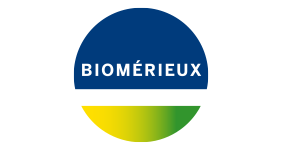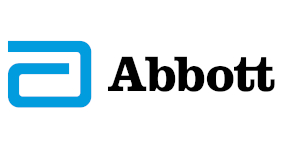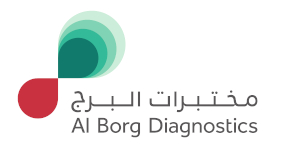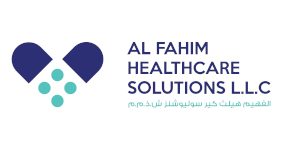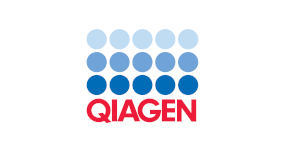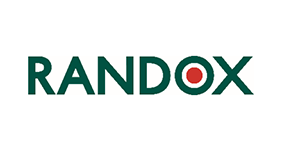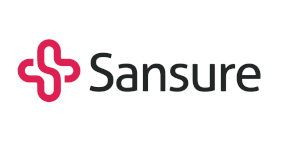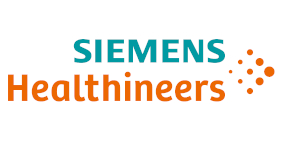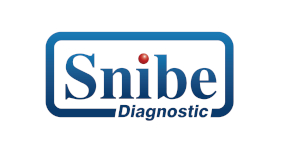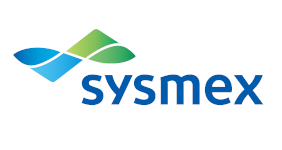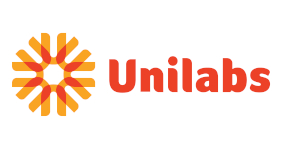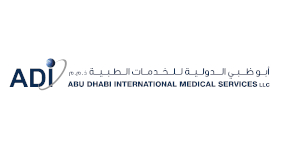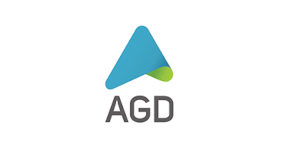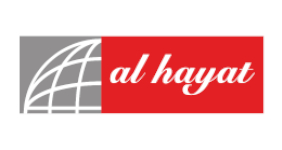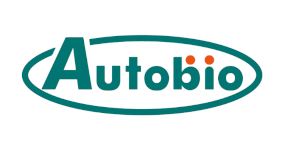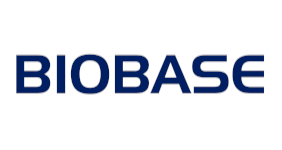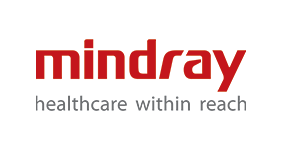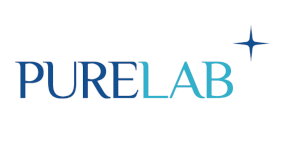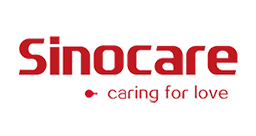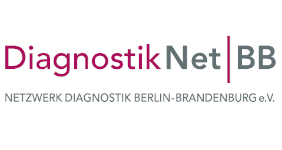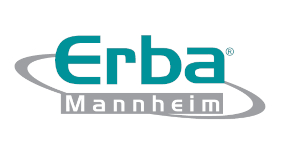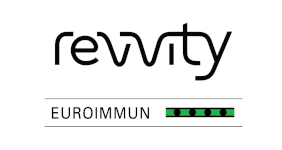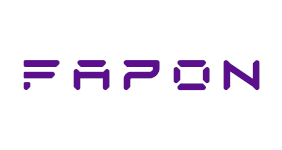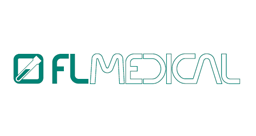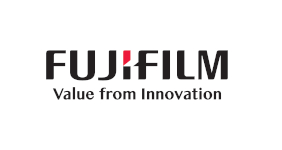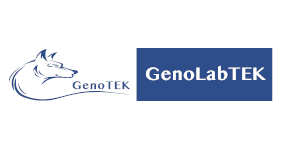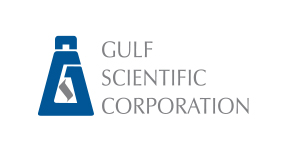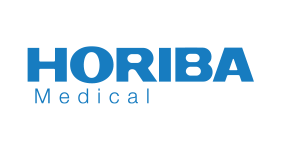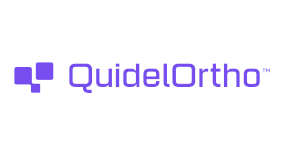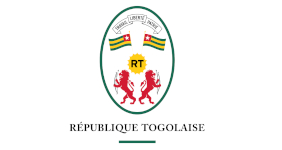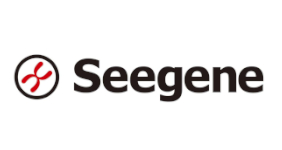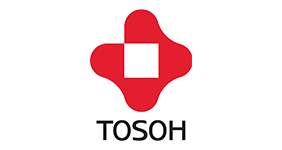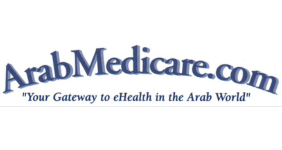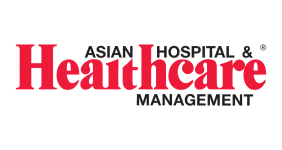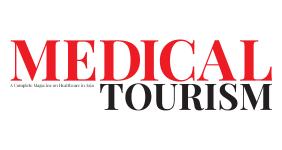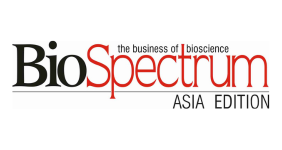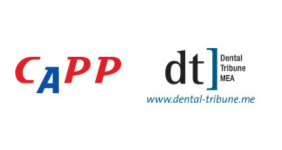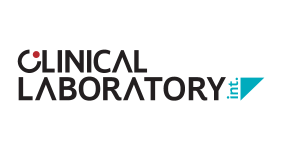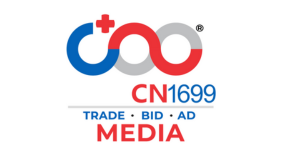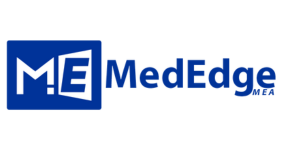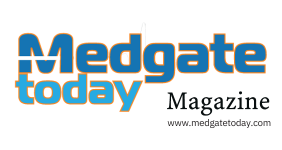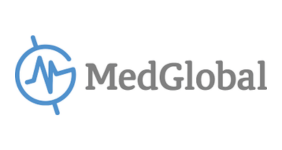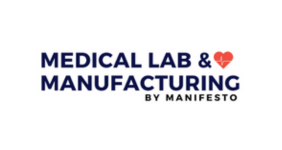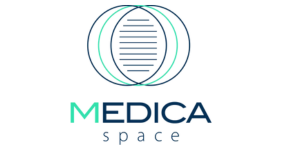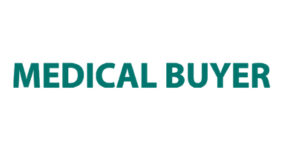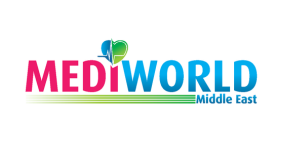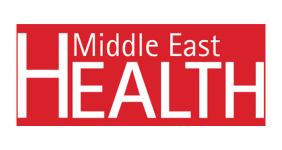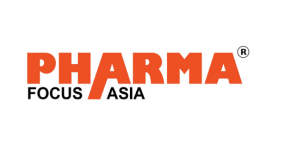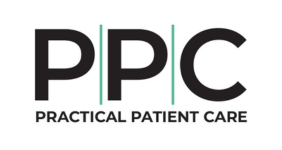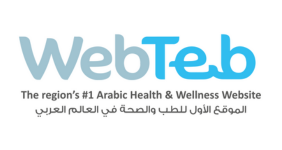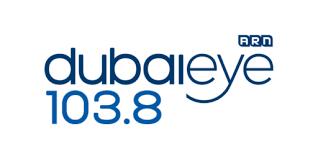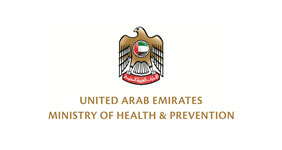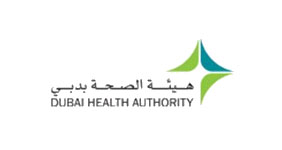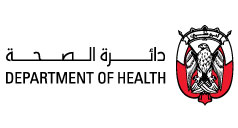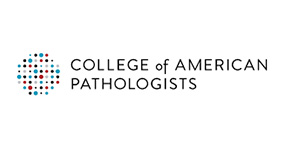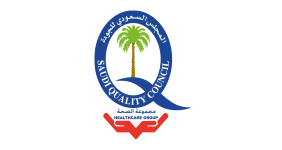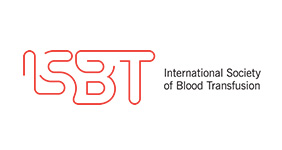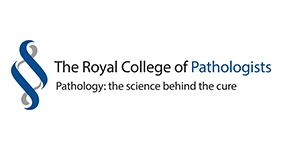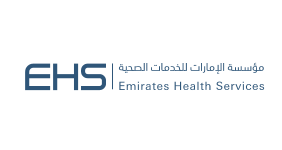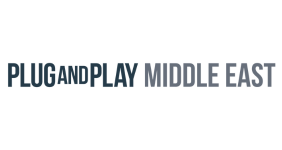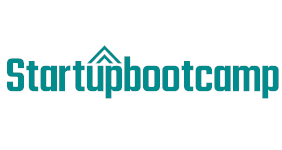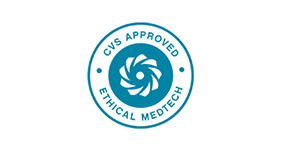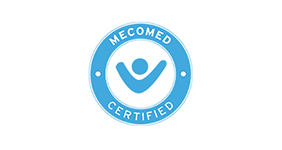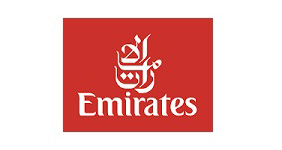Dr Shakoor Malik, Chief Scientific Officer, Pure Health

Automation has moved from “nice to have” for large reference laboratories to “must-have” for any clinical laboratory, according to Dr Shakoor Malik, Chief Scientific Officer, Pure Health. He highlights that the current climate for reimbursements for laboratory testing has only increased the importance of automation, with further reductions that push laboratories to optimise laboratory throughput and staffing to keep up with the increasing demands. Excerpts from the interview.
How has the laboratory industry evolved in the region? What has been the impact of advancements such as Point-of-care-testing (POCT), Big Data, and personalised medicine on the industry?
The lab industry has grown in terms of technology. Technology, represented by automation and robotics and laboratory information systems are dominating the industry, which in return leads to quick and independent sample testing and reporting with reduction in operational costs.
Point-of-care diagnostics are fast, accurate, efficient and easy to use. These solutions not only decrease over all cost of treatment but also tend to reduce the load on laboratories and saves patients time and effort. New technologies and breakthrough in POCT have great potential to grow if they are well regulated and managed by qualified professionals.
Big data analytics for healthcare is changing the way it is practiced. Clinicians have started using the power of big data to provide personalised treatment plans and prevent hospitalisation. It allows clinicians to predict acute medical events in advance and prevent deterioration of patient’s conditions. To improve healthcare outcomes, hospitals can leverage the analytics based on big data. This will help them in identification of care gaps, as well as provide accurate, early diagnosis, and personalised care.
Big data is being used for radiology and pathology image analysis. Using big data, the algorithms analyses hundreds and thousands of images, which could identify specific patterns in the image data and help the physician with the diagnosis. These algorithms can analyse and remember more images than a normal human being can in a lifetime. They tirelessly learn from the decisions made by doctors across the globe and become super intelligent over a period. They become the companion of the doctor to identify the suspected area and assist the doctor in quick and accurate diagnosis. Genetic analysis has become cost effective and popular. It accurately diagnoses many types of hereditary diseases and cancer at very early stages.
The study of individual gene makeup will lead to personalised medicine programme. Targeted sequencing for a specific disease as well as whole genome sequencing will be performed with the help of state-of-the-art technologies like next generation sequencing for patients. The data will be analysed with the help of Genomics data bases as well as expression signatures. This data will reflect the distinct situation of each patient and will lead to personal care programme. This approach will help in the selection of responsive patients for a particular drug and hence avoiding the adverse drug reactions and maximising the drug efficacy.
According to you, how essential is automation in labs today?
Prior to Lab Automation, the pre-analytic phase alone is estimated to have consumed 60 per cent of the time and effort in the total specimen work flow. The estimates of the contribution of pre-analytic error to total laboratory error range from 30 to 86 per cent.
Laboratory Automation is intended to, reduce human error and delays, improve turnaround time, increase productivity, effectively utilise resources and reduce wastage due to inefficiencies.
The current “whys” for automation in the laboratory are error reduction and staff augmentation. Both are driven by increased testing demands and laboratory staffing needs. Automation has indeed moved from “nice to have” for large reference laboratories to “must-have” for any clinical laboratory. The current climate for reimbursements for laboratory testing has only increased the importance of automation, with further reductions that push laboratories to optimise laboratory throughput and staffing to keep up with the increasing demands.
What are some of the challenges faced by the industry currently and what does the future looks like?
Every component of laboratory work flow in all disciplines is at some stage of automation. While the fields of clinical chemistry and haematology were the first to be fully automated, the realms of molecular diagnostics and anatomic pathology will soon follow. You can see the initial starts in each field with automated instruments such as immuno-stainer platforms in anatomic pathology or DNA extractors in molecular diagnostics. Microbiology is now beginning the journey with the arrival of fully automated microbiology platforms that automate the entire work flow with one system. With the convergence of the disciplines of laboratory medicine (anatomic pathology, clinical pathology, molecular diagnostics) that is driving the movement of specimens across disciplines, laboratory automation will need both to expand and to connect all parts of the laboratory as well.
Could you give us a brief of the products and solutions you will be showcasing at MEDLAB?
As an integrated healthcare solutions provider, Pure Health operates on three major business units. Laboratory Devices and equipment: we are the sole distributor for major international brands such as Siemens and Immucor. Laboratory Operations: we are the largest laboratory operator in the GCC with more than 85 laboratories, including a reference laboratory with genetics testing facility. Healthcare informatics, with the incorporation of Big Data Analytics and AI: we are proudly the operators of the UAE’s National Unified Medical Records, in cooperation with the Ministry of Health and Prevention.
What according to you are the opportunities available to healthcare and trade professionals who attend MEDLAB?
MEDLAB provides the perfect platform for laboratory professional, technicians and suppliers to network and showcase the latest technologies and practices. In addition to that, the educational activities, from international speakers in itself is a great experience.
By Deepa Narwani, Editor, MEDLAB Magazine


